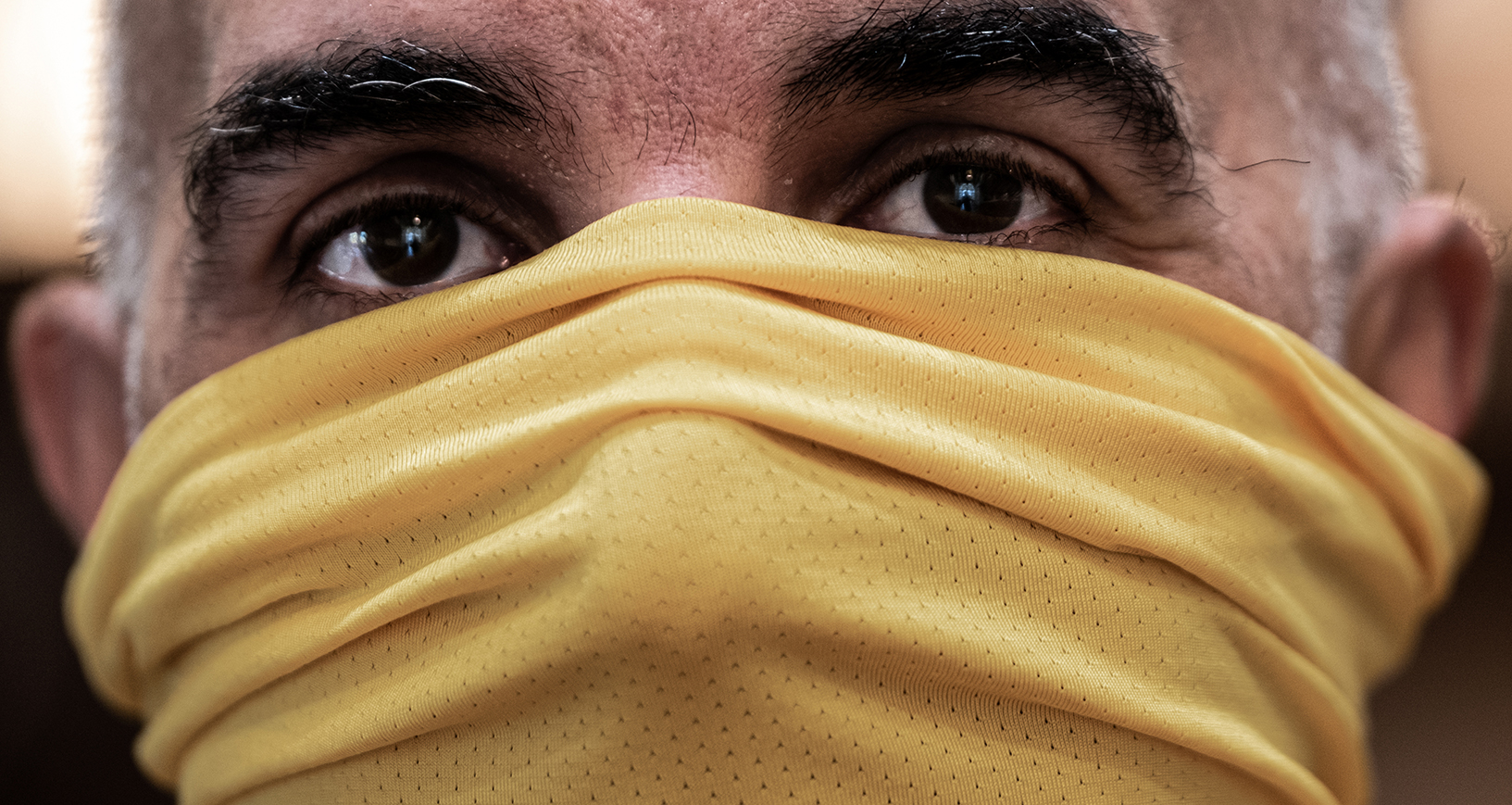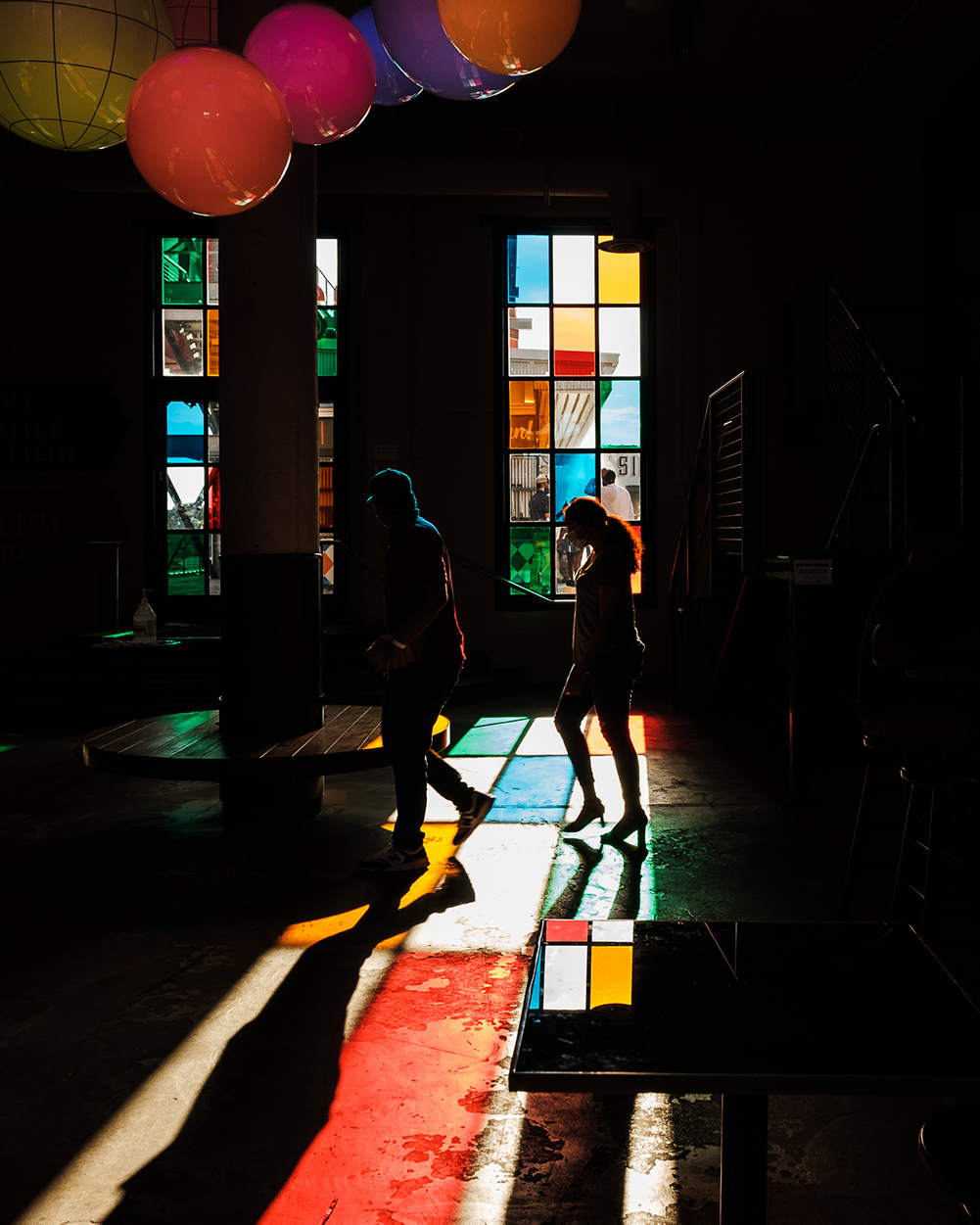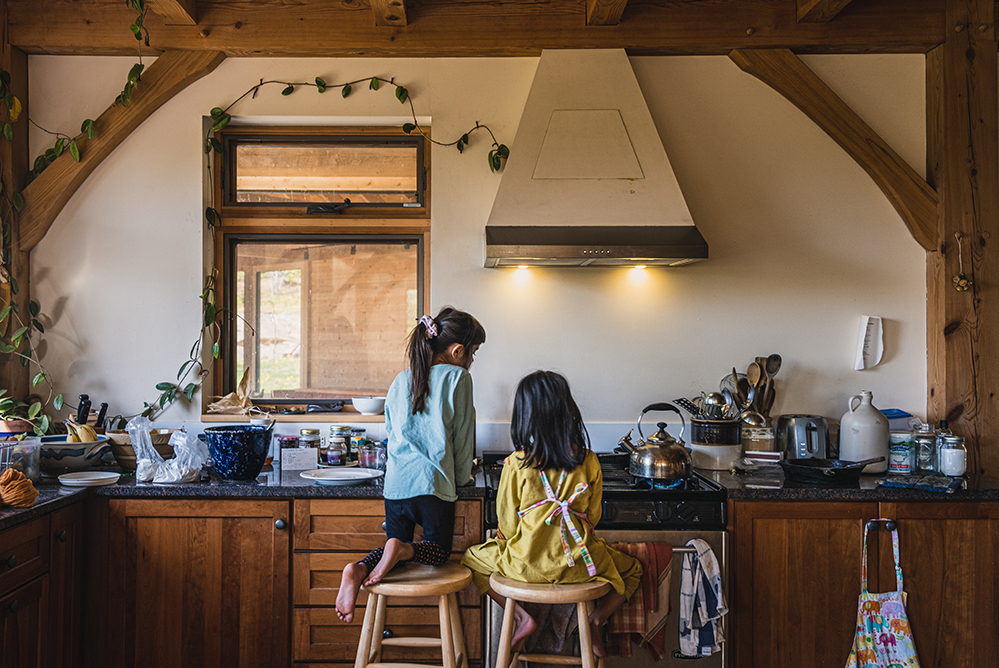 Students of Storytelling
Students of Storytelling 
Fujifilm Students of Storytelling: Billy Schuerman Documents Untold Stories
August 12, 2020
For many people who suffer from substance abuse, the first person they turn to is a religious figure. Tonos has served as the priest at St. John’s the Evangelist for 16 years with a kind ear, having heard a variety of stories. “A week doesn’t go by without me having an interaction with someone who has a drug or alcohol related problem who brings it up in confession,” Tonos said. There is also a lot of confusion for people when it comes to what qualifies as requiring reconciliation. “I have to separate what is sin and what is addiction kicking at the door trying to get in,” Tonos said. “If someone says ‘I’m just the most rotten husband or most rotten father’ that isn’t a sin, but for an addict that is danger for permission to go out and use again.” Fujifilm X-T4 with a XF50-140mmF2.8 R LM OIS WR
Oxford, Mississippi-based photojournalist Billy Schuerman is always looking for the best way to express himself creatively while conveying a frame of some larger project. His portfolio reflects his experience as a photojournalist and, he says, the turmoil or celebration that comes with it. “Behind every corner is a story and I want to cover as much as I can.” Billy won the Fujifilm Students of Storytelling competition for his project on the stigma of addiction and how social isolation can be dangerous for addicts and may even cause relapse.
Fujifilm created the contest to identify the next generation of U.S. storytellers, and to provide them with Fujifilm X Series or GFX System gear to bring their vision to life.
Rf: As a storyteller, which stories are you drawn to?
Billy Schuerman: There are stories to be told everywhere, and I consider myself very fortunate to be able to tell them the way I think they should be told. Storytelling has been going on since the beginning of time so to carry on a tradition like that is an important responsibility. I always find myself drawn to stories that involve the human condition; these can be happy or sad or anything in between, but the common thread is, they are always stories that need to be told.

All Photos © Billy Schuerman
Fujifilm X-T4 with a XF16-55mmF2.8 R LM OIS WR
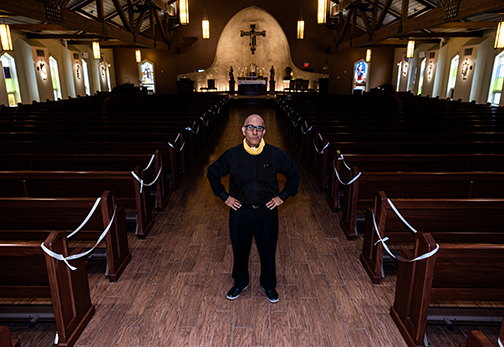
Fujifilm X-T4 with a XF16-55mmF2.8 R LM OIS WR
Rf: What stories do you want to share through your work?
BS: The story I am currently working on is kind of swept under the radar while other larger events are happening. There is an incredible stigma around people with substance abuse addictions, and I want to help in some small way to disperse it. Many people think it is a simple choice to either be addicted to something or not, but it is never that simple. Addiction is a disease that has ripped families apart and destroyed lives, so in order to help prevent that from happening, we need to first look at the reality of an individual’s situation.
Rf: Describe the evolution of your style and approach. How has it changed over time?
BS: I started taking photos in high school for my high school paper as a way to be on the sidelines at major sporting events. I never realized that when I got to college, I would be trying to tell meaningful and impactful stories with my camera. The deeper I got into the photography world, the more I found myself studying some of the classics like Henri Cartier-Bresson, or even more modern photographers like Steve Simon and Eugene Richards. All of the photographers I admire are masters of the craft who can capture motion and emotion in their frames.
Rf: What are the key things you have learned or done that have helped you advance your career since you began shooting?
BS: I really threw myself into photography during my freshman year of college while working at the student paper. I was working close to 40 hours a week at the paper, on top of going to school. It was exhausting but when I look back at my work, I can see clear learning curves every semester that I was with the paper. I have also followed closely the advice of my professor, who worked as a photographer himself for many years. I would certainly not be in the place I am now without his tremendous effort to make me any sort of a decent photographer.
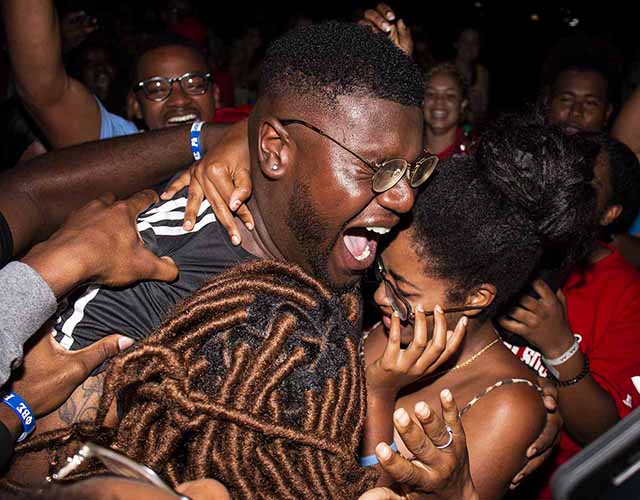
Rf: What is the most helpful piece of advice you’ve received and followed?
BS: The most helpful advice I was ever given was to “just go out and take pretty pictures.” I am not sure what part oft that clicked with me but since then that is always in the background of my mind when I am behind the camera.
Rf: Your bio includes this telling sentence: “Behind every corner is a story and I want to cover as much as I can.” What fuels your curiosity and how do you decide on which story to cover?
BS: A lot of finding a story for me is just weeding through all the ideas I have and seeing what sticks. I have plenty of bad ideas that don’t pan out but every once in a while I find one that is decent enough to be carried out. A piece of advice one of my old editors gave me was that we have to weed through all the bad stuff to get to the good stuff.
Rf: How have your studies affected your approach to photography and storytelling?
BS: My University does not offer photojournalism as an area of study. Had I known this is what I wanted to do I probably would have applied to a university that did, but the learning experiences I have had here, I feel, are unparalleled by any other institution.
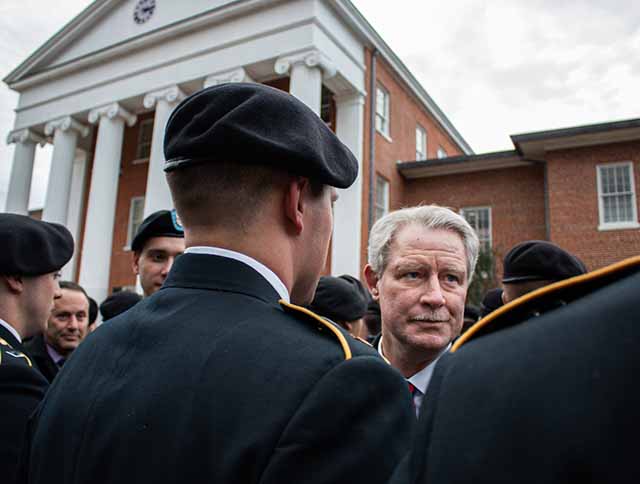
Rf: What works have you produced with your new Fujifilm systems?
BS: I have only been working on the project about addiction with my new gear so far, but I am excited for this to be my new mainstay as a camera. It is a cutting-edge piece of technology and by far the best piece of equipment I have ever used. I am firmly in the Fujifilm family now and I can’t imagine ever switching to anything else at this point.
Rf: Where do you see your work going from here?
BS: I will be a senior at my university this year and still working at the newspaper. But after college I hope to find myself working full-time as a photojournalist anywhere that will hire me.
Rf: Which brand, media outlet or agency is your ideal client?
BS: My dream job is to work with National Geographic, taking photos and conducting my own, original research. I have been reading that magazine since I was able to read, mostly looking at the pictures back then but I have always been enamored with the style and artwork of the paper.
Visit the official Fujifilm Students of Storytelling site for more information about the complete program. Follow @billy_schuerman to stay up to date with Billy Schuerman.

